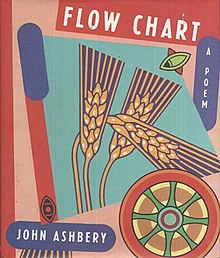
Free verse is an open form of poetry which does not use a prescribed or regular meter or rhyme and tends to follow the rhythm of natural or irregular speech. Free verse encompasses a large range of poetic form, and the distinction between free verse and other forms is often ambiguous.
Poetry is a form of literary art that uses aesthetic and often rhythmic qualities of language to evoke meanings in addition to, or in place of, literal or surface-level meanings. Any particular instance of poetry is called a poem and is written by a poet. Poets use a variety of techniques called poetic devices, such as assonance, alliteration, euphony and cacophony, onomatopoeia, rhythm, and sound symbolism, to produce musical or other artistic effects. Most written poems are formatted in verse: a series or stack of lines on a page, which follow a rhythmic or other deliberate structure. For this reason, verse has also become a synonym for poetry.

Wallace Stevens was an American modernist poet. He was born in Reading, Pennsylvania, educated at Harvard and then New York Law School, and spent most of his life working as an executive for an insurance company in Hartford, Connecticut.

Prose poetry is poetry written in prose form instead of verse form while otherwise deferring to poetic devices to make meaning.

John Lawrence Ashbery was an American poet and art critic.
David Lehman is an American poet, non-fiction writer, and literary critic, and the founder and series editor for The Best American Poetry. He was a writer and freelance journalist for fifteen years, writing for such publications as Newsweek, The Wall Street Journal, and The New York Times. In 2006, Lehman served as Editor for the new Oxford Book of American Poetry. He taught and was the Poetry Coordinator at The New School in New York City until May 2018.

Mark Ford is a British poet. He is currently Professor of English in the Department of English Language and Literature at University College London.
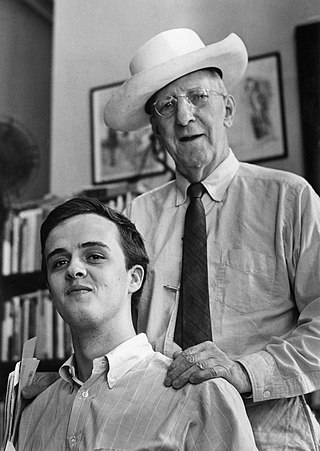
James Vincent Tate was an American poet. His work earned him the Pulitzer Prize and the National Book Award. He was a professor of English at the University of Massachusetts Amherst and a member of the American Academy of Arts and Letters.

Peter Neville Frederick Porter OAM was a British-based Australian poet.
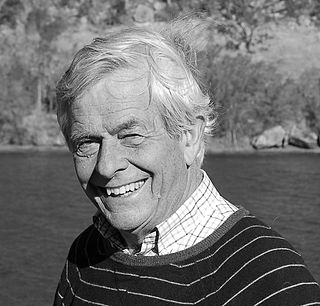
Christopher Keith Wallace-Crabbe is an Australian poet and emeritus professor in the Australian Centre, University of Melbourne.
Susan M. Schultz is an American poet, critic, publisher and English professor at the University of Hawaii at Manoa. She specializes in modern and contemporary poetry, American literature, and creative writing. She moved from Virginia to Honolulu in 1990.
A line is a unit of writing into which a poem or play is divided: literally, a single row of text. The use of a line operates on principles which are distinct from and not necessarily coincident with grammatical structures, such as the sentence or single clauses in sentences. Although the word for a single poetic line is verse, that term now tends to be used to signify poetic form more generally. A line break is the termination of the line of a poem and the beginning of a new line.
Meditative poetry combines the religious practice of meditation with verse. Buddhist and Hindu writers have developed extensive theories and phase models for meditation.

Al Filreis is the Kelly Professor of English at the University of Pennsylvania, Faculty Director of the Kelly Writers House, and Director of the Center for Programs in Contemporary Writing at the University of Pennsylvania. With Charles Bernstein, he founded PennSound in 2003; PennSound is a large archive of recordings of poets reading their own poetry. Filreis is also publisher of Jacket2 magazine and host of a monthly podcast series called "PoemTalk", a collaboration with the Poetry Foundation. Among his books are Stevens and the Actual World, Modernism from Right to Left, and Counter-revolution of the Word: The Conservative Attack on Modern Poetry, 1945-1960.
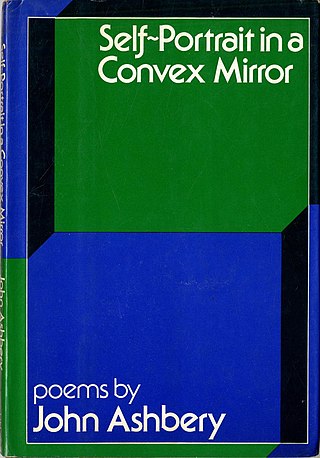
Self-Portrait in a Convex Mirror is a 1975 poetry collection by the American writer John Ashbery. The title, shared with its final poem, comes from the painting of the same name by the Late Renaissance artist Parmigianino. The book won the Pulitzer Prize, the National Book Award, and the National Book Critics Circle Award, the only book to have received all three awards.

Where Shall I Wander is a 2005 poetry collection by the American writer John Ashbery. The title comes from the nursery rhyme "Goosey Goosey Gander". It is Ashbery's 23rd book of poetry and was published through Ecco Press. It was a finalist for the National Book Award for Poetry.
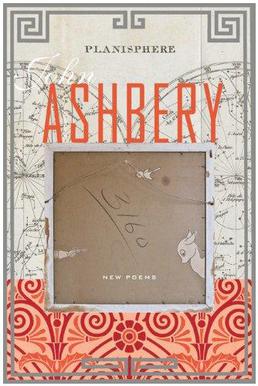
Planisphere is a 2009 poetry collection by the American writer John Ashbery. It consists of 99 alphabetically sequenced poems.
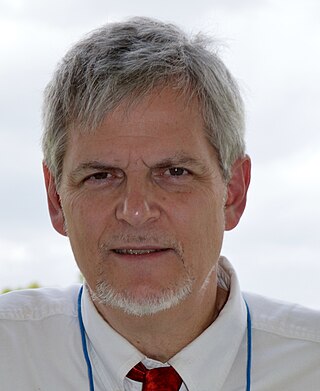
John Gery is an American poet, critic, collaborative translator, and editor. He has published seven books of poetry, a critical work on the treatment of nuclear annihilation in American poetry, two co-edited volumes of literary criticism and two co-edited anthologies of contemporary poetry, as well as, a co-authored biography and guidebook on Ezra Pound's Venice.

The bibliography of John Ashbery includes poetry, literary criticism, art criticism, journalism, drama, fiction, and translations of verse and prose. His most significant body of work is in poetry, having published numerous poetry collections, book-length poems, and limited edition chapbooks. In his capacity as a journalist and art critic, he contributed to magazines like New York and Newsweek. He served for a time as the editor of Art and Literature: an International Review and as executive editor of Art News. In drama and fiction, he wrote five plays and cowrote the novel A Nest of Ninnies with James Schuyler. Beyond his original works, he translated verse and prose from French. Many of his works of poetry, prose, drama, and translations have been compiled in volumes of collected writings.
